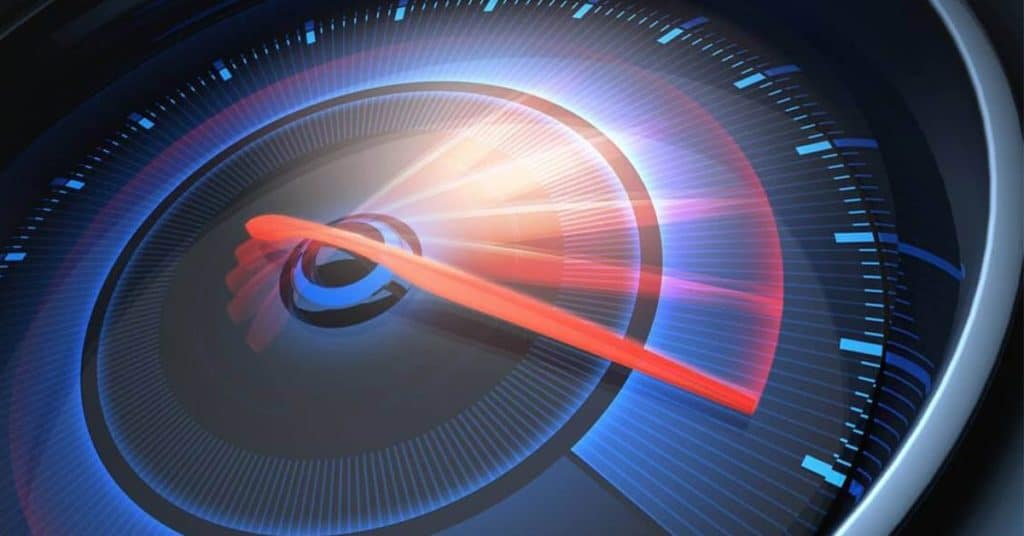
Overclocking can boost your computer's performance by increasing the clock speed of your CPU and GPU beyond their default settings. While this can lead to significant performance gains, it also carries risks if not done correctly. This guide will walk you through the safe process of overclocking your CPU and GPU.
What is Overclocking?
Overclocking refers to the practice of increasing the clock rate of your computer's processor or graphics card to run them at speeds higher than the manufacturer's specified limits. This can enhance performance in gaming, video editing, and other demanding tasks.
Safety First: Precautions Before Overclocking
- Cooling System: Ensure you have an adequate cooling system. Overclocking increases heat output.
- Power Supply: A reliable power supply unit (PSU) is essential as overclocking increases power consumption.
- Warranty: Be aware that overclocking can void warranties.
- Backup: Backup your system to prevent data loss in case of instability.
Step-by-Step Guide to Overclocking Your CPU

Preparation
- Update BIOS: Ensure your motherboard BIOS is up to date.
- Benchmark Baseline Performance: Use benchmarking tools like Prime95 or Cinebench to measure your CPU's baseline performance.
Overclocking Process
- Enter BIOS: Restart your computer and enter the BIOS/UEFI setup by pressing the designated key (often Del or F2).
- Increase CPU Multiplier: Locate the CPU multiplier setting and increase it by small increments (e.g., 0.5x).
- Adjust Voltage: If the system becomes unstable, increase the CPU core voltage slightly.
- Save and Exit: Save your changes and exit the BIOS.
Testing and Monitoring
- Stability Test: Use Prime95 to stress test your CPU and ensure stability.
- Monitor Temperatures: Keep an eye on temperatures using software like HWMonitor. Aim to keep CPU temperatures below 85°C.
Step-by-Step Guide to Overclocking Your GPU

Preparation
- Install Overclocking Software: Tools like MSI Afterburner or EVGA Precision X1 are popular choices.
- Benchmark Baseline Performance: Use tools like 3DMark to measure your GPU's baseline performance.
Overclocking Process
- Increase Core Clock: Open your overclocking software and increase the core clock by small increments (e.g., 10-20 MHz).
- Increase Memory Clock: Similarly, increase the memory clock in small increments.
- Adjust Voltage and Power Limit: Increase the voltage and power limit to provide more headroom for the overclock.
Testing and Monitoring
- Stability Test: Use FurMark to stress test your GPU and ensure stability.
- Monitor Temperatures: Keep GPU temperatures below 85°C to avoid thermal throttling.
Conclusion
Overclocking your CPU and GPU can significantly enhance your computer's performance, but it requires careful attention to cooling, power supply, and stability testing. By following these step-by-step guides, you can safely overclock your components and enjoy the benefits of increased performance.
